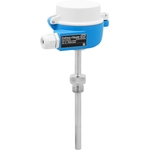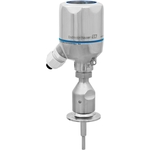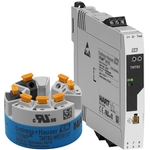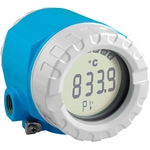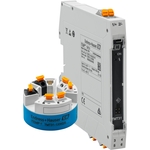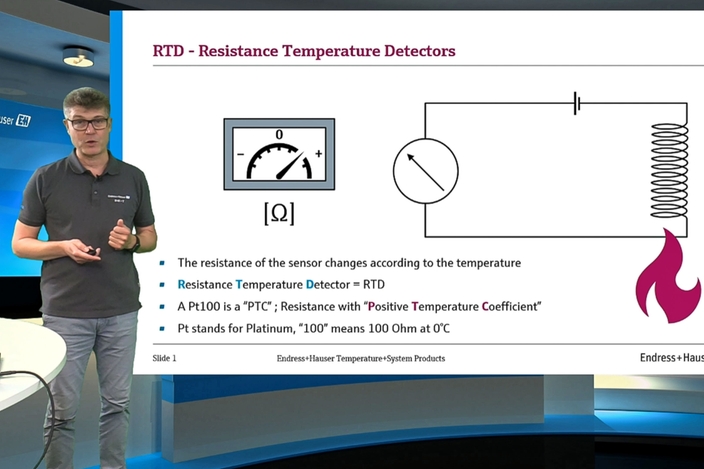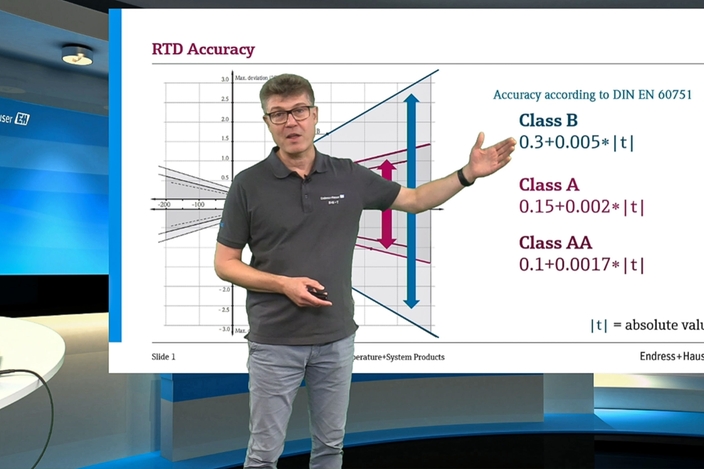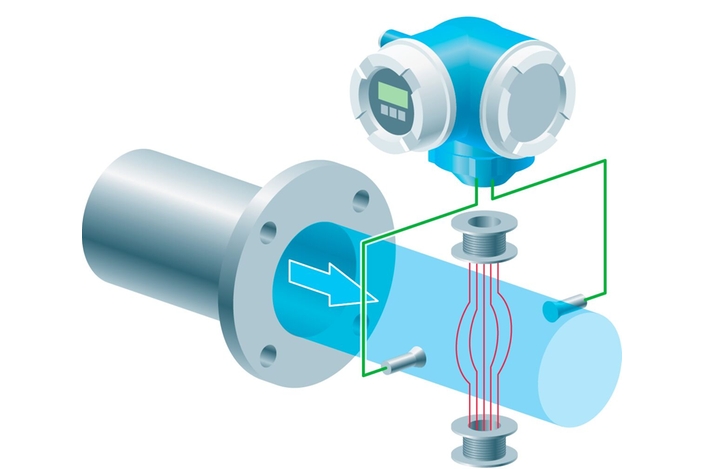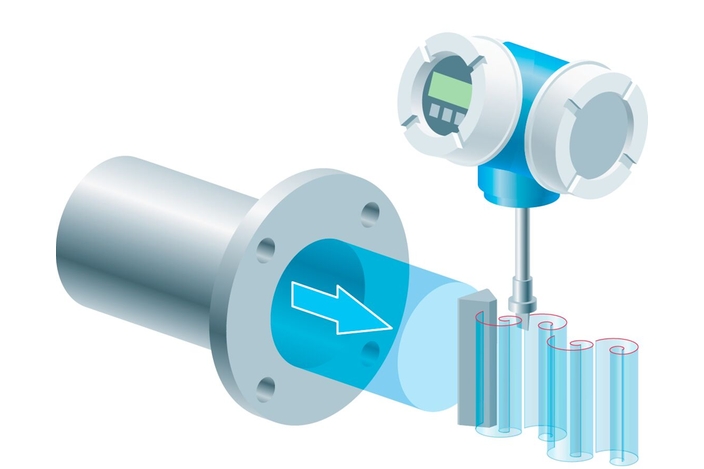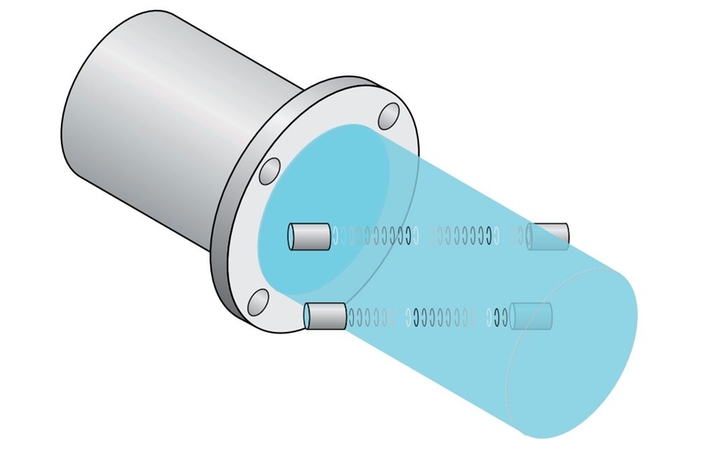Every Pt100 sensor has an individual temperature to resistance characteristic curve due to small differences in the platinum and manufacturing of the sensor. To achieve an even more accurate measurement than with Class AA Pt100, this individual curve can be exactly linearized, for each individual sensor using the Calendar van Dusen (CvD) equation. This curve must be described as accurately as possible to achieve the highest level of accuracy when linearizing the measured values in the transmitter. For platinum resistors (Pt/RTD), this curve is described using the Calendar van Dusen (CvD) equation.
The accuracy of the complete measuring point, consisting of sensor and transmitter, can be optimized by using the sensor-transmitter-matching technology. The CvD equation looks like this: RT = R0[1+AT+BT²+CT³(T-100 °C)]. The coefficients A, B and C for a certain temperature range can be derived from a calibration with at least 3 points.
If the sensor-specific constants from the thermometer calibration are entered into the transmitter instead of the standardized coefficients from IEC 60751, the transmitter linearizes the specific temperature resistance curve for the connected sensor.
Benefits
- Highest degree of accuracy over a large measuring range
- Example WITHOUT sensor-transmitter-matching: Pt100 class AA with high accuracy transmitter at 150 °C (302 °F) ±0.4 °C ( ±0.72°F)
- Example WITH sensor-transmitter matching: Pt100 matched with high accuracy transmitter at 150 °C (302 °F) ±0.18 °C (±0.324°F)
- Economic alternative to paired sensors, particularly at temperatures over 100 °C (212 °F)
You have considered the golden rules for the installation of an industrial temperature measurement and you still need more accuracy? We have to look to the mathematical background and the calibration methods. Imagine you have followed all of the golden rules you have seen in the previous videos, but there are some replications where you need the last digit in accuracy. So what can you do to get this zero point something of deviation? You have to look into the electronics! The job of a temperature transmitter is to convert the primary signal which might be Ohm or mV for RTDs or thermocouples into the reading you want, Celsius or Fahrenheit. Let's focus on the Ohm, on the RTDs again. How does it work? The ideal curve of the Pt100, related to the temperature, is written down in the international standard the IEC6751.
These ideal values you say that at 138.5 Ohm you have 100 degrees Celsius of reading. So the transmitter is converting this Ohm signal. In reality you remember in one of the other episodes before, Class A, B and so on, are having a funnel. So there is a tolerance class. A real sensor might be a little bit different. This little bit different could be that it is not 138.5, but it's 138.2. The primary element gives at 100 degrees celsius, but the transmitter doesn't know. So he will convert this signal to 99.2 because less Ohm equals less temperature. If you want to have a higher accuracy, you have to have a detailed look to the sensor itself. Get rid of the measuring error, means learning more about the mathematics behind. The real behavior of the temperature related to the resistance is given in this curve. To hint only one there are zero is this 100 Ohm at zero degrees Celsius multiplied with something. These standard values are written down in the transmitter and this works.
But if we do a calibration, if we perform a three or five point calibration, we can individually determine these values of this formula and we put the result of the calibration into the transmitter. It's not working with standard values any longer, it's working with these individual values of exactly this sensor. Now the resulting accuracy becomes better, because now the transmitter is able to know that this sensor is different. It will do 100 degree Celsius even if the temperature resistance is a little bit lower, because these individual values are stored. The benefits here are: we have no longer this funnel that the tolerance is increasing with the temperature, we have a more or less constant tolerance in the calibrated range. You have to give us the values where you want to have this calibration. Then the resulting accuracy is much better.
The bad point here is: sensor and transmitter should not be separated any longer. Because the sensor is adjusted to the transmitter. They belong together. If you just replace the measuring insert with a different one, the results cannot be predicted. This is a possibility! We call this sensor-transmitter-matching to get the last digits of an accuracy.

